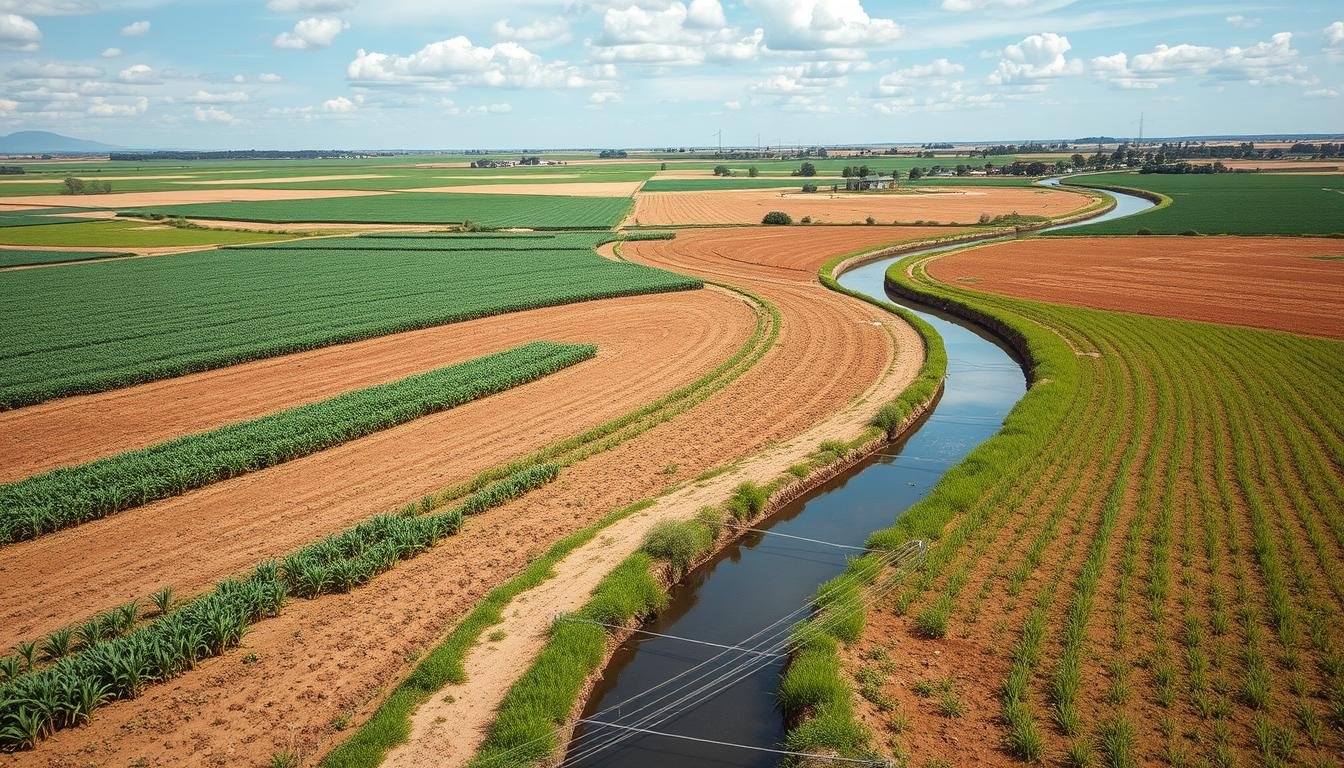Farmers across North Carolina are facing tough times as a severe drought has affected their crops in 99 counties. This drought not only impacts the agricultural community but also raises concerns for the state’s economy and food supply.
The Extent of the Drought
The drought conditions have persisted for several months, causing serious damage to various crops. Corn, soybeans, and tobacco are among the hardest hit, but this extends to nearly all types of crops grown in the region.
As North Carolina enters a crucial period of the growing season for most crops, drought is now affecting about half of the state. Crop conditions have been impacted for virtually all crops that do not have sufficient irrigation, with the most impacted being hay, corn, sorghum, and tobacco. Cotton, sweet potatoes, soybeans, and even peanuts (which are quite drought tolerant) are also feeling the effects. This extended hot, dry weather will impact both quality and yield and could easily result in farmers losing several hundred million dollars in sales. Farmers will also face bills for extra energy to run irrigation systems in an attempt to avoid further drought damage. Altogether, unless rain starts catching up immediately, we can likely expect farm income to be down by several percent in North Carolina this year due to the dry and hot weather.
Dr. Jeffrey Dorfman, Hugh C. Kiger Distinguished Professor of Agricultural and Resource Economics Department of Agricultural and Resource Economics at North Carolina State University.
Crops Affected
Crops such as corn, tobacco, soybeans, and cotton in North Carolina have faced considerable damage due to the ongoing drought. This marks only the second instance since 2000 where the drought classification in North Carolina has increased for over 50% of the state within a week.
According to the crop and condition report from the USDA for the week ending June 30th, 34% of the corn crop was rated ‘poor’ or ‘very poor.’ Only half of those numbers were fair (15%) or good (16%). Several other crops are struggling, but sweet potatoes seem to be weathering the dry period better, reportedly at 2% ‘excellent’
| Crop | Fair | Good | Poor | Very Poor |
|---|---|---|---|---|
| Cotton | 50% | 32% | 12% | 6% |
| Hay | 11% | 40% | 43% | 6% |
| Pasture | 28% | 22% | 42% | 8% |
| Peanuts | 35% | 40% | 13% | 12% |
| Soybeans | 47% | 23% | 19% | 11% |
| Sweet potatoes | 50% | 36% | 10% | 2% |
| Flue-cured tobacco | 45% | 20% | 25% | 10% |
Let me know if you need any further assistance!
Impact on Farmers
The drought has left farmers struggling with reduced yields and financial losses. Some of the key challenges they face include:
- Water scarcity: Limited availability of water is making it difficult to sustain crops.
- High temperatures: Extreme heat is further exacerbating the situation by increasing evaporation rates.
- Increased costs: Farmers are spending more on irrigation and other measures to try and save their crops.
| County | Primary Crop Affected | Estimated Economic Impact ($) |
|---|---|---|
| Johnston | Corn | 1,000,000 |
| Wake | Soybeans | 750,000 |
| Guilford | Tobacco | 500,000 |
State Response
The state government is taking measures to support farmers. Governor Cooper has announced several initiatives to help alleviate some of the burdens:
Assistance Programs
- Financial aid: Programs to provide emergency funds to affected farmers.
- Water management support: Offering resources and guidance for efficient water use.
- Crop insurance: Encouraging farmers to utilize insurance options to cover losses.
These initiatives aim to provide immediate relief while also working on long-term strategies to cope with drought conditions in the future.
Conclusion
The ongoing drought in North Carolina is causing significant distress for farmers and the overall agricultural sector. Immediate actions and support are crucial to mitigate the damages and help the farming community survive this tough period. As we look forward, it’s also essential to develop sustainable practices and strategies to better manage such extreme weather conditions.






